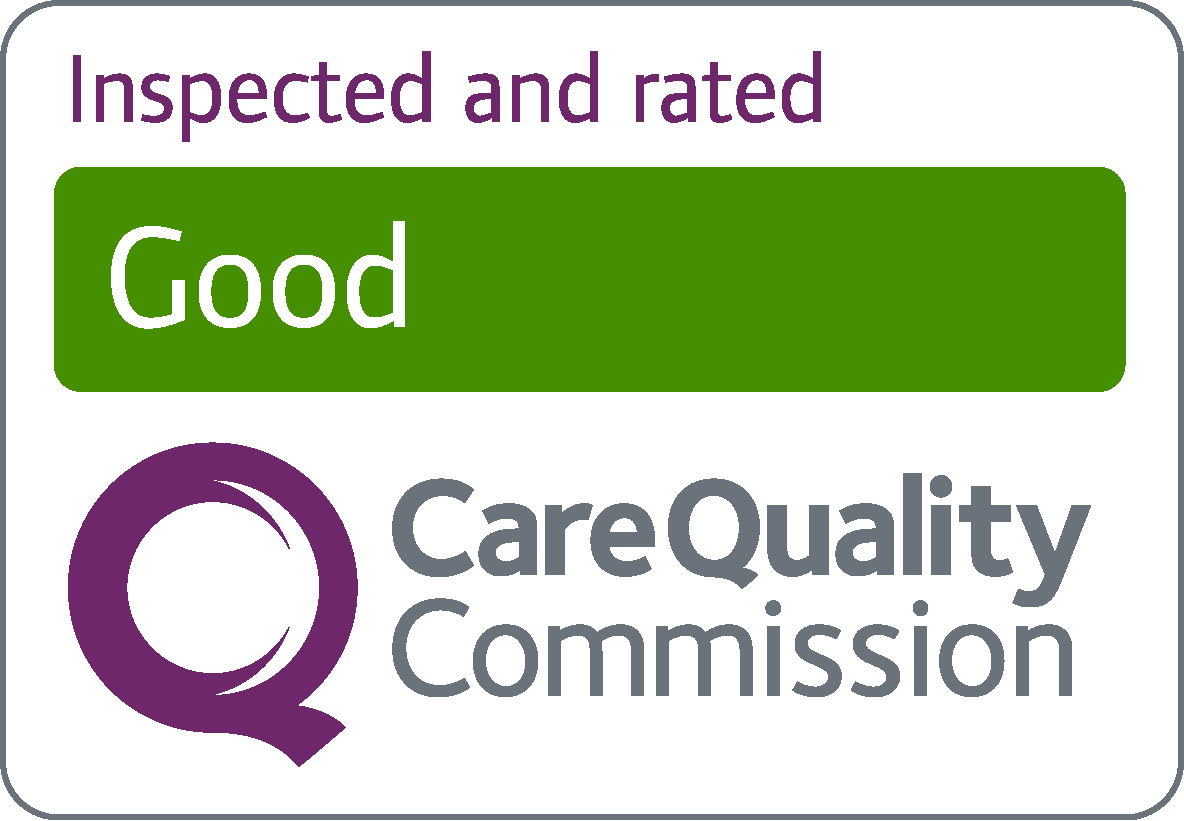Polymorphic light eruption
The main symptom of polymorphic light eruption is a rash on the skin.
It usually appears within a few hours or days of going in the sun, and is more common in spring and summer.
The rash may:
- have small raised spots or blisters
- have larger blotchy areas
- be itchy or feel like it's burning
- be red or pink – this may be harder to see on brown or black skin
The rash can appear anywhere on the body, but is often in places that are not regularly exposed to the sun, such as the arms, legs or chest.
A similar type of rash on the ears can cause small blisters that may be itchy or uncomfortable. This is called juvenile spring eruption.
If you're not sure it's polymorphic light eruption
Polymorphic light eruption can be similar to heat rash (prickly heat).
The polymorphic light eruption rash usually goes away in around 1 week if you avoid being in the sun. It can last longer or get worse if you continue to go in the sun.
The rash may also come back when your skin is exposed to sunlight again.
There are some things you can do to help the rash and to prevent it coming back.
Do
take antihistamines if the rash is itchy
apply calamine lotion or emollients (moisturising products such as creams) to your skin to help keep the rash cool
stay out of the sun, especially between 11am and 3pm when the sun is at its strongest
use sunscreen with a sun protection factor (SPF) of 50 or more and wear a sun hat and sun protective clothing when you are in the sun
apply sunscreen 15 to 30 minutes before going in the sun and reapply it every 2 hours and after swimming
A pharmacist can recommend some treatments for polymorphic light eruption such as emollients and antihistamines.
Sunscreen and sun safety
See a GP if:
You or your child have or might have polymorphic light eruption and:
- the rash is getting worse or has not got better after 1 week
- the rash is swollen
- you also have joint and muscle pain or extreme tiredness
Polymorphic light eruption usually does not need any treatment.
If your symptoms get worse or do not go away, treatments you may have include:
- steroid tablets
- steroid medicine you apply to your skin such as creams, lotions or gels (topical corticosteroids)
- antihistamines
- phototherapy (light therapy)
Your GP may be able to treat you or they may refer you to a skin specialist (dermatologist).
Polymorphic light eruption is caused by a reaction to sunlight.
It's more likely to happen when your skin is exposed to strong sunlight for the first time in a while, such as in spring or early summer, or when visiting a sunny country.
The rash may come back every time your skin is exposed to sunlight. But as the summer goes on, your skin becomes more used to sunlight and it's less likely to happen.
You're more likely to get polymorphic light eruption if you're under 40 years old, a woman or you have white skin.
Boys aged 5 to 14 years are more likely to get a type of polymorphic light eruption called juvenile spring eruption that affects the ears.

